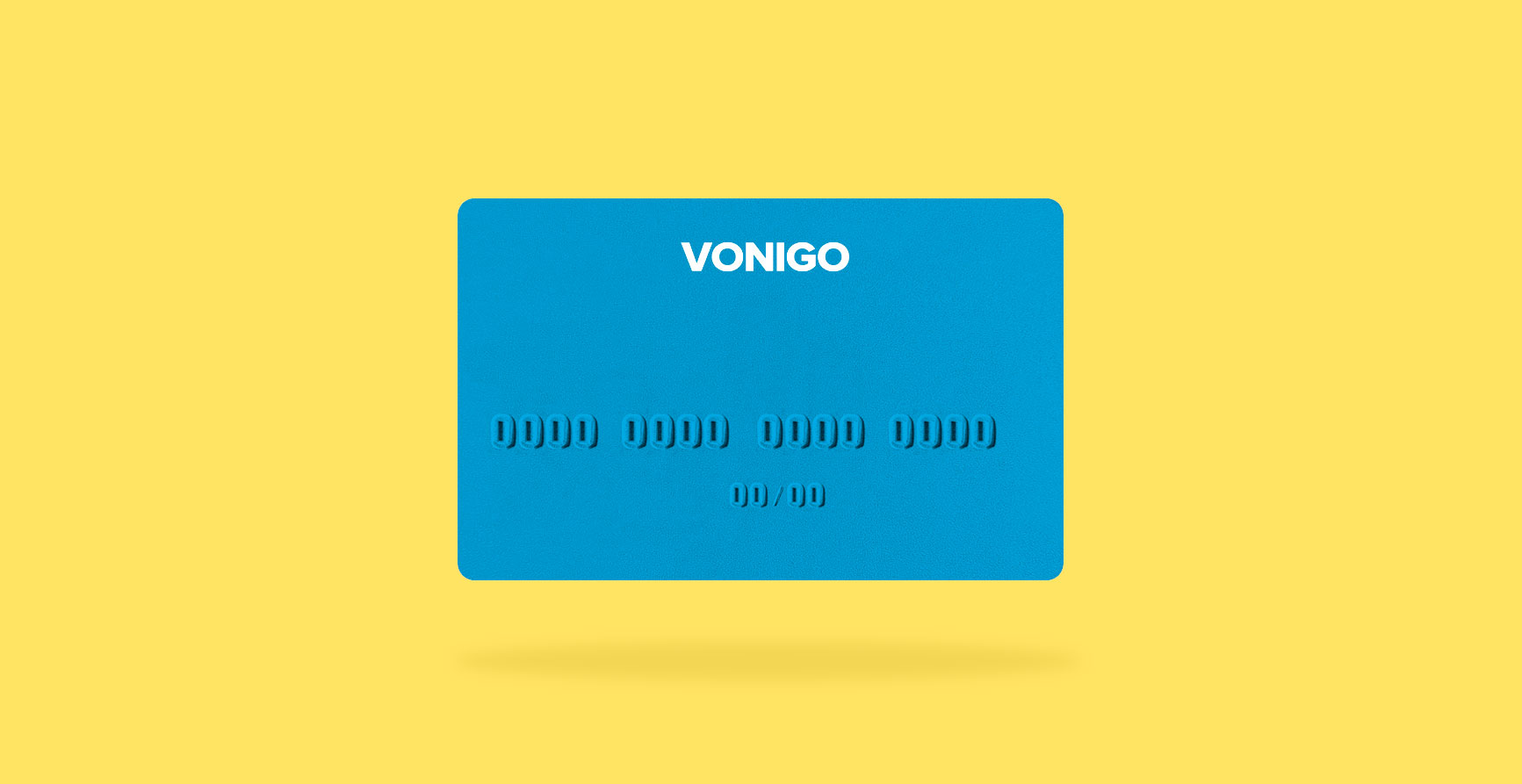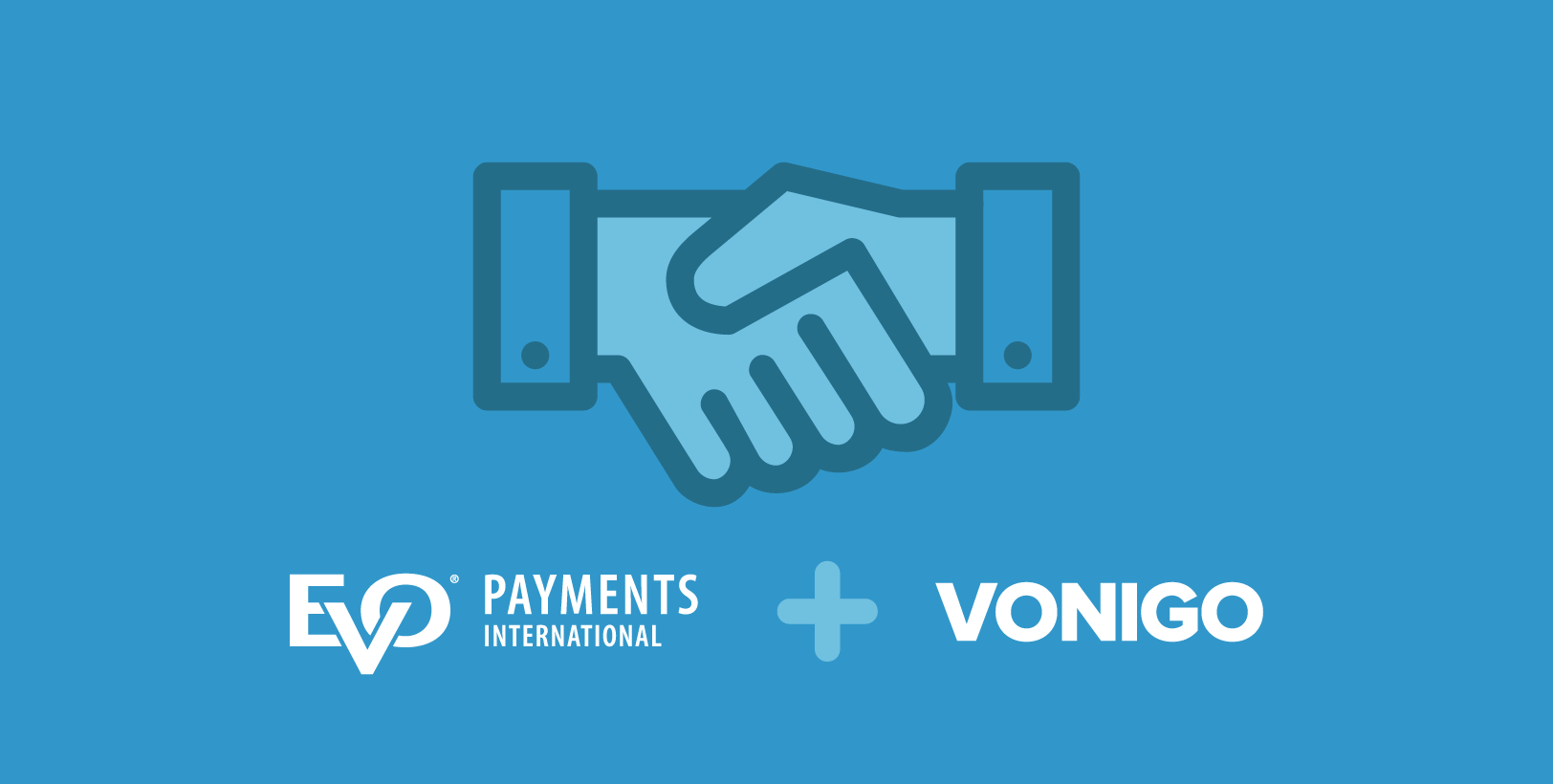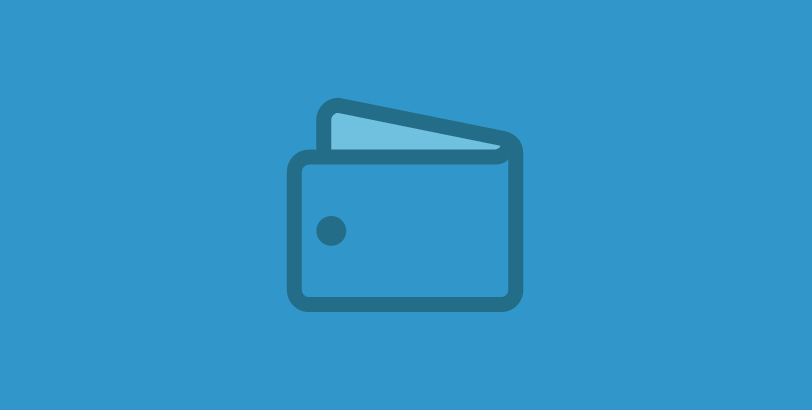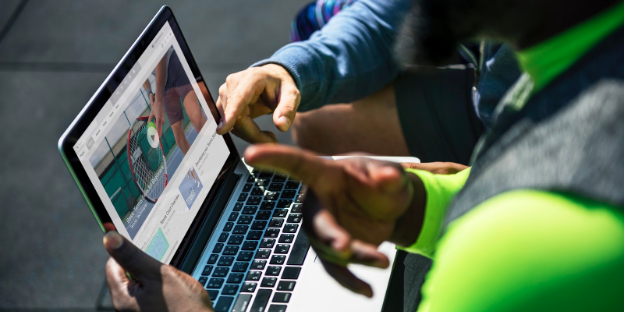6 Tips for Invoicing and Cash Flow for Mobile Service Companies
- December 22, 2016
- By: Vonigo
Let’s start by stating the obvious: the easiest way to solve cash flow problems is to get paid as quickly as possible.
We consulted industry experts, some of our own customers and our own finance department to make a complete guide that mobile service businesses can use to better manage their cash flow. It includes tips for getting paid faster, a list of best practices for invoicing, and some details on the fine print and payment terms that make the most sense for local field service crews.
1. Make it Easy to Pay You
Want to get paid faster? Make it as easy possible for customers to pay you. Given them options, and find ways to motivate them to pay immediately. Customer might have their own preferences for how to pay you, but those options have to work for you, too.

Accept as many payment options as you can: Cash, credit, debit, email transfer, PayPal, and Apple Pay. Checks are not ideal — they have a risk of failure from insufficient funds, and are labour intensive for your team. By the time the check has arrived back at your office, been deposited to the bank and cleared their account, several days may have elapsed. Several days of extra wait for the cash flow, which is not ideal for you.
Vonigo customers have access to a great deal from EVO Payments that is sure to save money on payment processing. In fact they’re so sure that your payment processing fees will decrease, that they will pay you $200 if they’re wrong.
2. Email Invoicing and Payment Links are the New Normal
It should almost go without saying at this stage, but we will say it again: the time of the paper-based invoice is over. They are cumbersome, prone to error, easily misplaced, impractical for field crews, and a complete headache for office staff. Instead, use email and customized payment pages that offer customers the choices they want, with the ease and immediacy that you want.

Consider how Men In Kilts use Vonigo’s field service software to make sure they get paid quickly. When a technician check out of a job on their smartphone, an invoice is generated and emailed to the customer. That email contains a link to a custom-designed payment page that makes it very easy. “We like that it’s convenient for our customers, but best of all it has reduced the time that it takes for invoices to get paid,” says Chris Aconley, Men In Kilts COO. “The easier it is for customers, the better it is for our franchisees and techs in the field. We’ve been paid even before we’ve left the job site.”
3. Make Invoicing a Priority
Getting paid for your work should be anything but an afterthought. You should have systems in place (like in the Men In Kilts example above) to make sure that an invoice is sent at the earliest opportunity; immediately following the service.
When you bake the invoicing process right into your routine, you’ll collect faster. Also, if you’ve eliminated paper from the invoicing process, you should be able to search, create reports, and quickly keep tabs on paid or unpaid invoices with ease.

4. Motivate Customers to Pay Immediately
We’ll discuss payment terms in greater detail below, but first let’s single out the need for clarity on your invoices. Both in your emails to clients, and on your customized invoice pages, include the words “Pay Now” so that you leave little doubt as to what you want them to do.
You’ve completed the work, so there’s no harm in saying that payment is “due immediately.” And while you’ve got to include these particulars in order to increase the likelihood of being paid quickly, the words “please” and “thank you” may be the most powerful that you can include in an invoice, especially when it comes to how quickly you get paid.
4. Be Clear About Your Terms
Let’s say for example that you allow 30 day payment terms on your invoices. That doesn’t mean that you always want to be waiting a month to get paid. Rather than using confusing language or being passive about when payments are due, use clear language about the expectations for payment, and the terms of late payments.
If you’ve specified that payment is due immediately, but you allow 30 days for payment, include the exact dates for clarity:
Payment is due immediately. Payments received after [exact date, 30 days from completion of work] will be subject to late fees.
If you choose to include discounts for early payment or interest fees for late payment, make those clear too, once again using the exact dates, rather than nonspecific language like “due upon receipt.”
5. Follow Up on Late Payments and Overdues
Like it or not, some invoices will not be paid as timely as you would like. To keep from letting them slip through the cracks, establish a system of follow up that will “kick in” for every late invoice. Put the same amount of effort into your systems for receiving payment as you would to close new business. Use email automation or calendaring to make sure that all late invoices are followed up on.
Start with a reminder email on the deadline date itself. When an invoice is a week late, send another email warning about the late fees, but keep it light and friendly. At two weeks overdue another email is in order, and another at 30 days late, gradually becoming more stern about the warnings and reiterating the late fees accruing.
Have a policy in place for late payments, where you discontinue any new work for clients who have unpaid invoices. Warn them of this policy in the emails and phone calls you make after the 30 days late mark, and notify your staff that the customer is on notice as well. Your crews work hard enough as it is, so you want to make sure that you weed out these late or non-payers in favour of customers that pay on time. Your cash flow depends on it.

The $200 Pledge
Read more about our payment processing agreement with EVO Payments, and find out how you can save money on your payment processing, or EVO will pay you $200.



